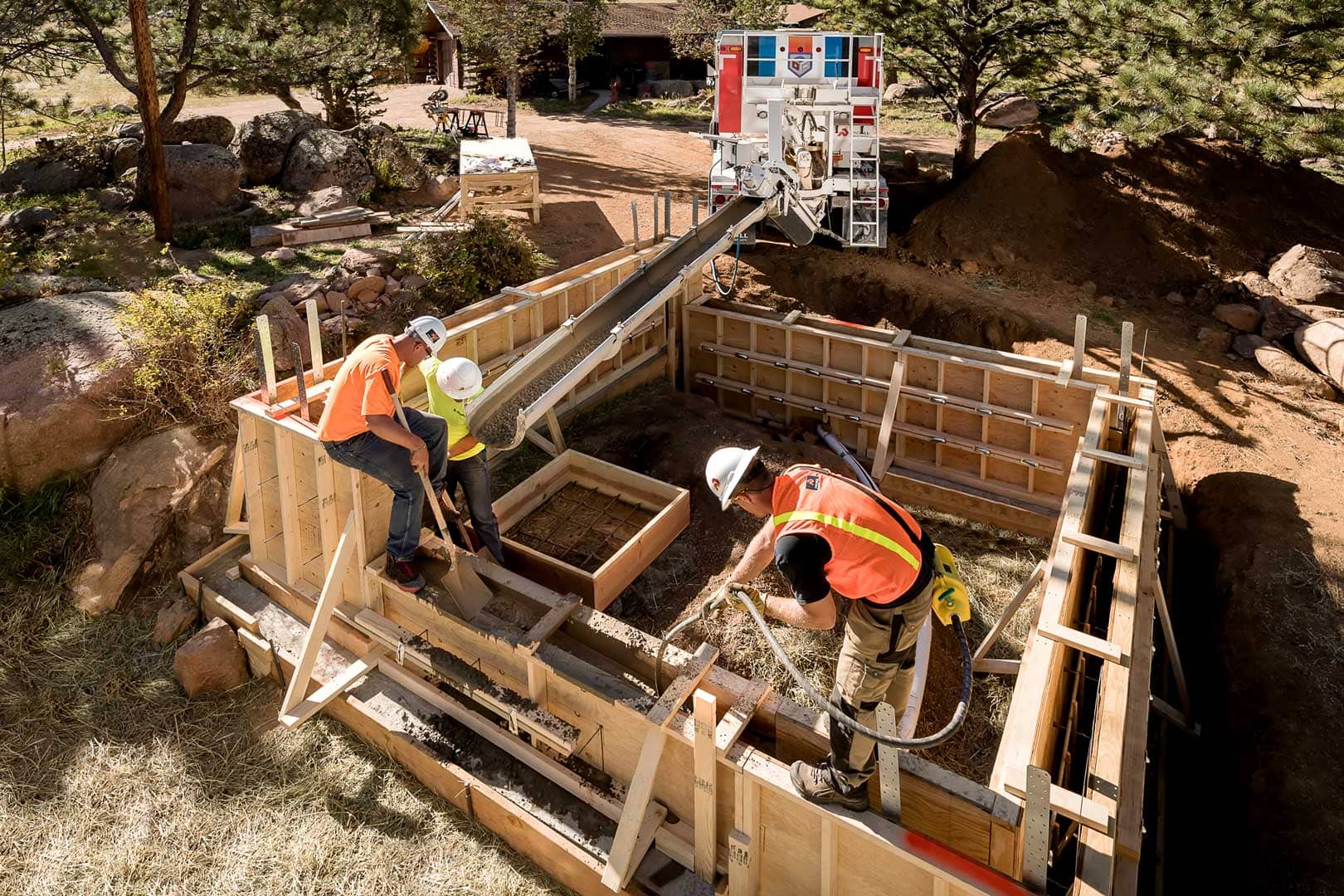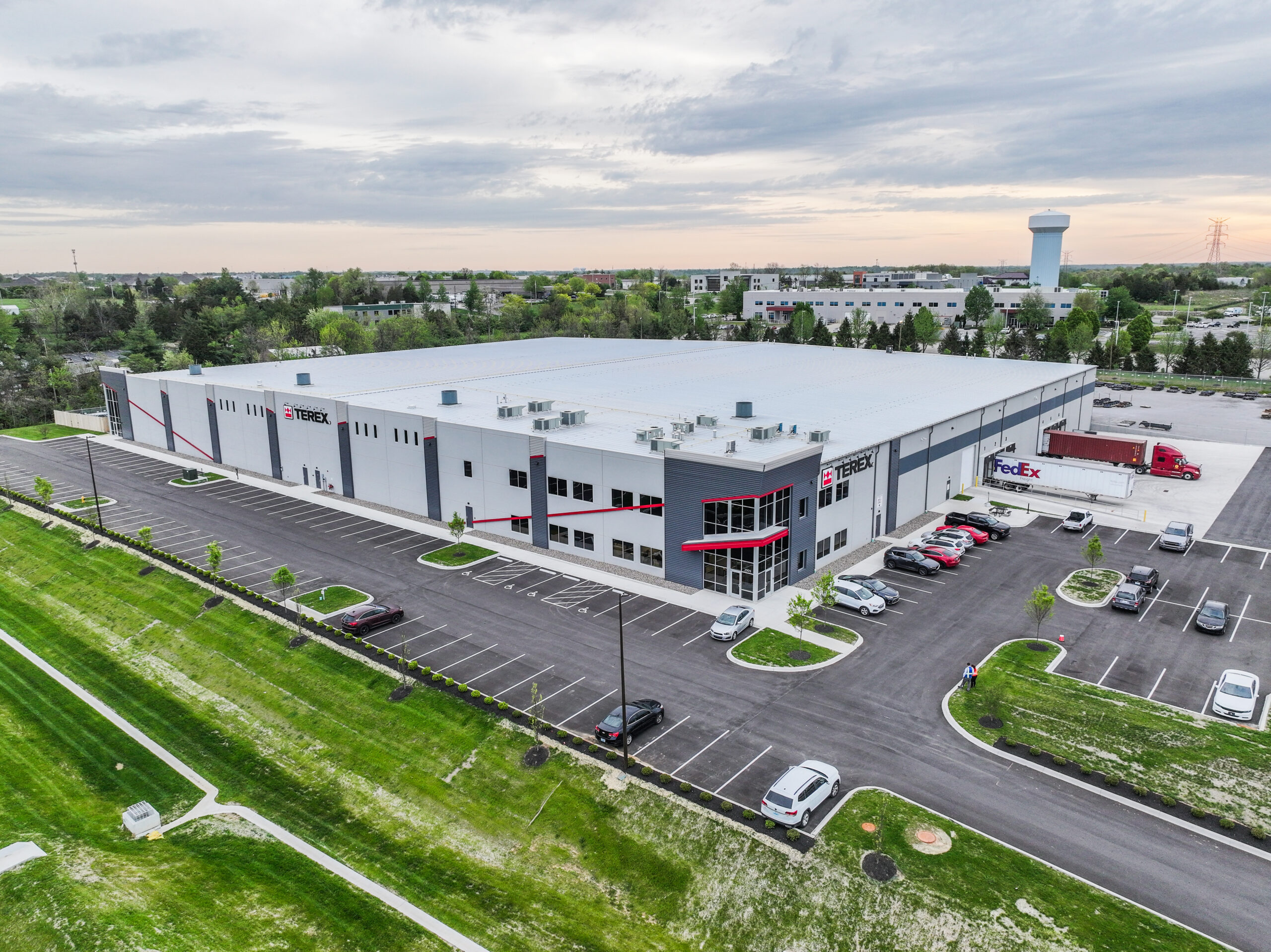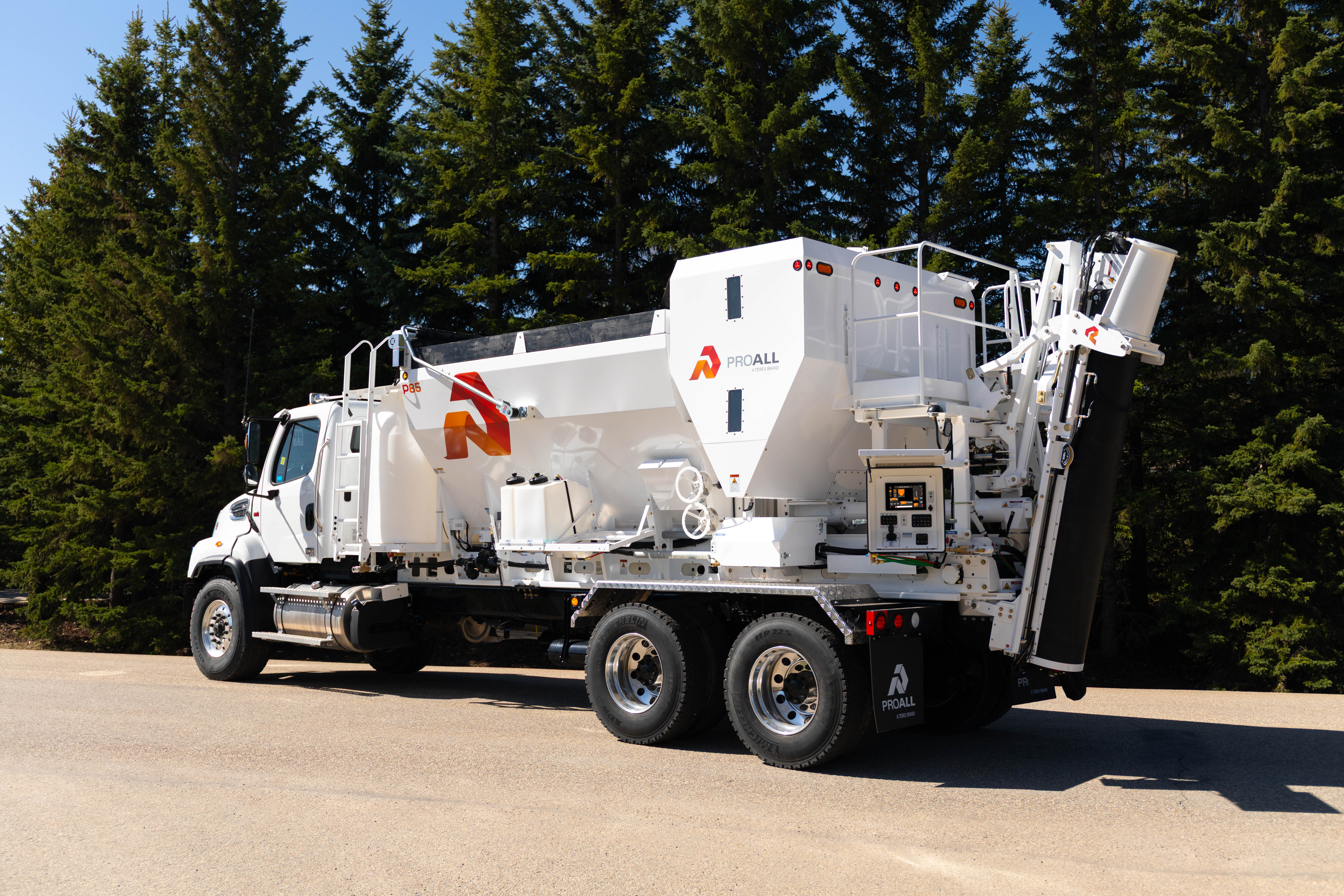
HOW TO PREPARE YOUR COMPANY FOR THE UPCOMING CONCRETE INDUSTRY BOOM
A CLOSER LOOK AT THE PLAN
Infrastructure has been on everyone’s mind since the spring of 2021. Shortly after signing into law the American Rescue Plan, U.S. President Joe Biden proposed his ambitious American Jobs Plan, intending to invest $2 trillion in infrastructure over eight years. According to the White House, the aim is as simple as it is ambitious: “reimagine and rebuild a new economy.”
Fast forward a few months, and the initial proposal is a lot closer to being signed into law. The bipartisan V
AMERICA’S INFRASTRUCTURE TODAY
When America’s interstate highway system was launched in the 1950s the aim was to support economic development and aid defense purposes. At the time, it was one more thing that made America a world leader. Economists believe that robust infrastructure investment was the key to the country’s growth after the Second World War.
However, since then, infrastructure development of this extent has not been at the top of the federal agenda. As a consequence, the American Society of Civil Engineers (ASCE) and other analysts are now warning that outdated infrastructure may cost the country $10 trillion in GDP by 2039. The ASCE Annual Report Card gives America a C- for the current condition of the nation’s infrastructure.
Looking at it more practically, the U.S. Government Accountability Office finds one in four bridges to be deficient. One in ten are structurally deficient, and 14% are considered functionally obsolete. There is no time to lose when it comes to investing in our infrastructure.
If those numbers have not convinced you, consider this: The United States is lagging behind its peers in the developed world when it comes to infrastructure. Worldwide, we are ranked thirteenth, down from being in fifth place in 2002.
The Biden administration is trying to improve on “decades of disinvestment”, and this is good news for our industry.
CHALLENGES & OPPORTUNITIES
- A Skilled Workforce
- Large-Scale Logistics
- State-Of-The-Art Materials And Equipment
A SKILLED WORKFORCE
A skilled workforce is one of the biggest challenges the infrastructure plan is facing. S&P Global Ratings estimates that the plan has the potential to grow the economy by $1.4 trillion over eight years. However, turning this estimate into a reality depends on the availability of a large enough workforce.
According to the U.S. Chamber of Commerce’s Commercial Construction Index, 88% of construction contractors find it difficult to hire skilled workers. One in three have had to turn down work because of a shortage of skilled labor. For individual contractors that means lost revenue and stunted development for your company.
The construction industry is not the only sector hit by a labor shortage, the concrete supply industry is challenged in finding drivers to deliver concrete and the problem has been growing for several years. A NRMCA survey has revealed that driver turnover is once again a primary reason why ready mixed concrete producers have lost business. For the fifth year in a row, the mixer driver turnover rate increased, it is now at 35%. However, the coronavirus pandemic has led to a boom in home projects, putting further pressure on contractors and their suppliers.
What to do? Whilst the infrastructure plan is working its way through the House, consider your existing workforce. Perhaps there is potential to upskill and train existing staff? If your workforce is generally older and nearing retirement, it’s time to look at hiring new staff.
Granted, it’s not possible to build a new, skilled team overnight. But there is a time window here that contractors and their concrete suppliers need to use. Projects under the new plan may take weeks or even a few months to get started. That is enough time to attract young people into the industry and give them a solid foundation and a great career.
Training the next generation of skilled infrastructure workers will not only help us recover faster from the pandemic. It will also allow the industry to grow for decades to come.
LARGE-SCALE LOGISTICS
Another challenge construction contractors will face is the sheer size of many of the projects that are currently being considered. Just like the construction of interstate highways was a project of unprecedented magnitude, the projects proposed now will require complex logistics support.
If you are directly involved as a contractor, or as a concrete supply company looking to grow your business, now is the time to look at your in-house infrastructure and plan to scale. A larger team will require larger facilities. Your organization will need to change its administrative structure to support those in the field. Communications channels need to be re-organized.
Simply put, if you are looking to bid for and win your share of these infrastructure contracts, you need to build a solid management and service backbone now. Smaller projects often allow one project manager to handle more than one contract at a time.
As you are securing a larger share of the infrastructure segment, having a dedicated, experienced team for this segment becomes essential. Apart from experience, your team will need suitable technological support to help them effectively service this dynamic and evolving opportunity. This is essential to improve productivity, one area in which the whole sector can improve.
If your company can address these challenges now, the next decade can easily be the most successful you have had so far.
STATE-OF-THE-ART MATERIALS AND EQUIPMENT
With people and project management addressed, it’s important to take a look at building material supply and equipment.
A lack of access to materials can delay completion and even lead to contractors having to pay penalties. Almost half of all commercial contractors told the Chamber of Commerce that material shortages are among their top concerns in 2021, a marked increase from one in three at this time last year.
Wood and lumber have been in higher demand due to the pandemic-induced residential construction boom, with 33% of contractors struggling to source enough. Steel and PVC pipes are also in short supply.
Considering the infrastructure projects the Biden administration is prioritizing, there will be a need for large quantities of high-quality concrete. Most of these projects are made up of repair or remediation, what we term as “The 3-Rs”:
- Repair
- Remodel
- Retrofit
Utility, water, bridge, and road projects currently rely on a ready supply of rapid repair solutions. The good news is that there are substantial opportunities to build or supply these projects with these time saving solutions provided by a rapid setting concrete solution. As we all know, time is money and with the demand for infrastructure repair combined with an already congested and pressured infrastructure, these rapid setting solutions will play an ever-increasing role.
Traditional concrete pours require not only qualified but experienced staff. With the ongoing shortage of staff, your company may find it hard to hire new staff with those qualifications, and you can only build a limited amount of experience in just a few weeks.
This is where volumetric concrete mixers come into their own. They may have been around for a while, but automation has taken an already great solution and made even more effective and more efficient. ProAll Reimer Mixers come with the Commander Control System that makes mixing more controlled and mixers easier to operate. Operators simply program their target mix on a touchpad and then start pouring. Whilst nothing beats experience, the accuracy of the automation tools takes the guesswork out of achieving the right pour every time.
Volumetric mixers have more advantages that make them the perfect tool for these upcoming projects. A rapid setting concrete product, or typical repair pour just simply cannot be efficiently poured via a traditional ready-mix truck. Rather than relying on inefficient service and wait times from the typical ready-mix concrete producer, an internally trained staff can take care of the pour. This will help you allocate your team more efficiently as well as save you money.
Infrastructure projects like water, sewer, transmission lines, bridges and road construction can often need to be completed in remote locations. These projects can also require endless queues of ready-mix trucks unless you set up a continuous flow system. Volumetric mixers make that process more controllable: as long as you set up a continuous supply of raw materials, you’ll be able control your own continuous pour.
Rather than trucks blocking you, or your customer’s site, you can manage these projects with two or three mixers. Within a few months, the investment required for the mixer will pay for itself as you avoid waste and control the quality of your mix on-site.
THE NEXT STEP
As you are getting ready to take advantage of the significant infrastructure repair opportunity, it’s important to put your company on a solid foundation. You should focus on a strategic plan combined with a well-defined business plan that will incorporate developing high performing teams, efficient operations, unique infrastructure specific concrete products & service. The future has never been brighter for those that want to participate in this next “infrastructure construction boom” whether you are supplying concrete to this sector, or you want to take control and integrate your own internal concrete production.
If you’re looking for support in developing your plan of action for taking advantage of this exciting market, get in touch. Contact Steve Bond (sbond@proallinc.com) and Jerry Gaubert (jgaubert@proallinc.com) today to schedule a consultation with Concrete Business Solutions by ProAll.


